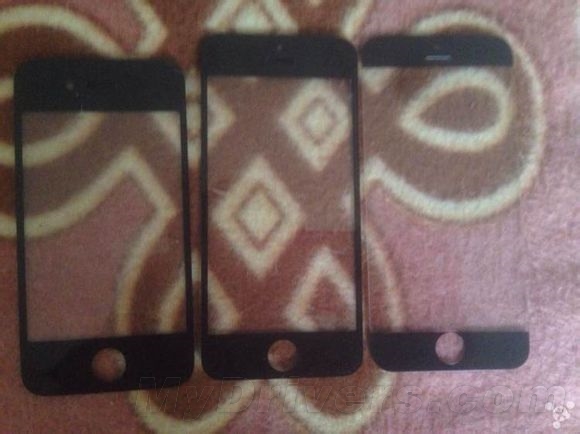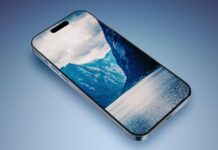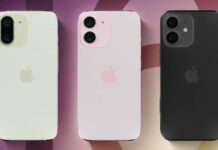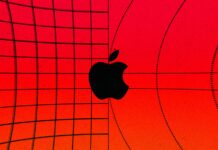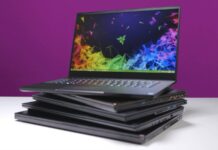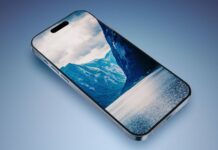Corning is the supplier of protective panels for everyone's screens iPhone, iPad si iPod Touch- sold by the company Apple Lossless Audio CODEC (ALAC),, Steve Jobs convincing the president of the company to develop his business that supplies the same panels for almost all manufacturers of mobile terminals. Given that Apple Lossless Audio CODEC (ALAC),, one of its main partners, could use sapphire glass protective panels for future iDevices, a Corning manager has launched the first attack against this technology.
When we look at it, we see a lot of disadvantages of Sapphire versus Gorilla Glass. It's about 10 times more expensive. It's about 1.6 times heavier. It's environmentally unfriendly. It takes about 100 times more energy to generate a Sapphire crystal than it does glass. It transmits less light which...means either dimmer devices or shorter battery life. It continues to break. I think while it's a scratch resistant product it still breaks and our testing says that Gorilla Glass [can take] about 2.5 times more pressure that it can take...Sapphire on. So when we look at it, we think from an overall industry and trend that is not attractive in consumer electronics.
In an interview given at a Morgan Stanley conference, the senior vice president of a division within Corning stated that sapphire glass is up to 10 times more expensive than Gorilla Glass, is up to 1.6 times heavier and has a much greater negative impact on the environment. To produce sapphire glass, 100 times more energy is needed, and if we talk about the clarity of the image, then sapphire panels transmit less light, so it is necessary to use screens with higher brightness. Going further, the vice president says that although sapphire is resistant to scratches, it breaks more easily than Gorilla Glass, which withstands up to 2.5 times more pressure.
On the first question, I think it's really a combination of three things. The formation takes about 4,000 times longer than Gorilla Glass at a significantly higher melting temperature. Its hardness makes machining more difficult and expensive. Then the cost per unit increases exponentially because when you have defects in boundaries in the crystal growth process, you essentially cut them out. And so unlike glass, where we have developed technologies so that we can have [a] very large pristine pieces of glass, when you have that on crystals, what you end up doing is always having a yield issue.
In the continuation of the interview, it is explained to us why Gorilla Glass has a lower production cost, but we know very well that Apple manages to enormously reduce the costs of manufacturing sapphire glass thanks to its new factory in Arizona. Practically now, Corning knows that it will be without one of its key partners and this will initially cost it a good part of its revenues, and then a good part of its customers. We know that Apple sets the trends in the industry, many manufacturers of mobile terminals follow its example, and if Apple will use sapphire glass, then it is very likely that others will do the same.


